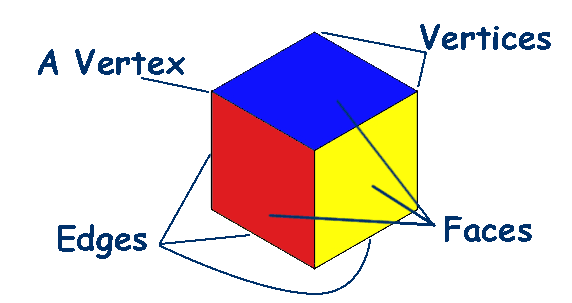
“Triangle, triangle, square, rectangle,” A easily replied. “Can you tell me the name of these shapes?” I asked as I pointed to each one. Then, I called a very eager A over the play. I labeled each one with its name then left a spaces for A to write out how many sides and vertices each one had. That’s why I decided to start with the simplest 2D shapes she could build: the triangle, square and rectangle. Since my daughter’s knowledge of geometry at this point consists of basic shape names, I wanted to help her look more closely at shapes to notice how they are built how many sides and vertices they have, whether they have parallel lines or perpendicular ones, and how long their sides are. I quickly drew four 2D shapeson a sheet of card stock and labeled each one (equilateral triangle, isosceles triangle, square and rectangle). Pretzel sticks (toothpicks are easier to build with so grab them if you have some on hand).To prep, I gathered together a few simple supplies: Looking for more fun with shapes!? Head on over to our shop and grab our Pattern Block Mats your kids will love! It’s a win-win!įor a printable version of this activity, hop over and grab our popular toothpick challenge cards! Kids love having the chance to build 2D shapes with food and grown ups love watching children practice important math skills. So all other quadrilaterals are irregular.Marshmallow geometry is a fun way to teach the names and characteristics of 2D shapes including triangles, rectangles and squares. The only regular (all sides equal and all angles equal) quadrilateral is a square. and that's it for the special quadrilaterals.

one of the diagonals bisects (cuts equally in half) the other.the diagonals, shown as dashed lines above, meet at.The KiteĮach pair is made of two equal-length sides that join up. (the US and UK definitions are swapped over!)Īn Isosceles trapezoid, as shown above, has left and right sides of equal length that join to the base at equal angles. NOTE: Squares, Rectangles and Rhombuses are allĪ trapezoid (called a trapezium in the UK) has a pair of opposite sides parallel.Īnd a trapezium (called a trapezoid in the UK) is a quadrilateral with NO parallel sides:

Also opposite anglesĪre equal (angles "A" are the same, and angles "B" The ParallelogramĪ parallelogram has opposite sides parallel and equal in length. In other words they "bisect" (cut in half) each other at right angles.Ī rhombus is sometimes called a rhomb or a diamond. The RhombusĪ rhombus is a four-sided shape where all sides have equal length (marked "s").Īlso opposite sides are parallel and opposite angles are equal.Īnother interesting thing is that the diagonals (dashed lines) meet in the middle at a right angle. The SquareĪ square has equal sides (marked "s") and every angle is a right angle (90°)Ī square also fits the definition of a rectangle (all angles are 90°), and a rhombus (all sides are equal length). The little squares in each corner mean "right angle"Ī rectangle is a four-sided shape where every angle is a right angle (90°).Īlso opposite sides are parallel and of equal length.

Let us look at each type in turn: The Rectangle Some types are also included in the definition of other types! For example a square, rhombus and rectangle are also parallelograms. There are special types of quadrilateral: They should add to 360° Types of Quadrilaterals Try drawing a quadrilateral, and measure the angles. interior angles that add to 360 degrees:.(Also see this on Interactive Quadrilaterals) Properties


 0 kommentar(er)
0 kommentar(er)
